Kelemvor
Kelemvor (kell-em-vor) is the latest in a long line of Abian deities to command the forces of death and oversee the fate of the dead. Death has been the greatest constant throughout human history, but the way humans viewed this unavoidable force has changed considerably as different deities arose to oversee it. During the reign of the inscrutable Jergal, death and the afterlife held a great deal of mystery for the common person. Most feared what they did not know or understand. When Myrkul took the office of Lord of the Dead after Jergal tired of it, humanity’s worst fears were given form. Evil cultists reminded the living of the dead’s power and influence, which extended far beyond the grave. In those days the lines between dead and undead became blurred, and commoners knew that to be taken into Myrkul’s embrace was no protection from being raised by some demented necromancer. Things got worse when Myrkul was destroyed and Cyric assumed the role, as the notoriously petty and flawed Black Sun seemed to offer not even the pale assurances of his forebears. Kelemvor, who has since assumed the mantle, has taken a decidedly different approach.
Kelemvor, formerly Kelemvor Lyonsbane, also known as the Lord of the Dead and Judge of the Damned, is the god of death and the dead, and master of the Crystal Spire in the Fugue Plane. In his mortal days, Kelemvor was a skilled mercenary, with the heart of a noble paladin, concealed under rude manners and thwarted by his mysterious family curse.
Fair yet cold, Kelemvor is the god of death and the dead -- the most recent deity to hold this position, following in the footsteps of Jergal, Myrkul, and Cyric. Unlike these other deities, whose rule as gods of the dead made the afterlife an uncertain and fearful thing, Kelemvor promotes that death is a natural part of life and should not be feared as long as it is understood. As a result of his deep respect for life and death, he holds the undead in the uttermost contempt.
Clergy and Temples
Kelemvor urges his clerics to act as stewards of the afterlife and to teach the people of Abios that death is a natural part of life. There is nothing to be feared in the transition, for only the truly wicked, the Faithless, or the False must fear the world beyond the Fugue Plane. Kelemvor views all undead as abominations, ordering his servants to destroy them at every turn. Kelemvor is a taciturn deity, and until recently was not completely sure of himself or his role. He has placed such uncertainties behind him, however, and approaches his duty as judge of the afterlife earnestly, tempering his strong sense of justice with kindness and forthrightness. He is not, however, particularly clever, and prefers to solve problems with direct action that sometimes leads to unintended results.
Kelemvor’s clerics make every attempt to minister to the common people, to demystify the process of death and help the bereaved cope in times of loss. Most folk welcome the appearance of clerics of Kelemvor, thankful for their light touch and calming demeanors -- a welcome change from the days when unsettling clerics of Myrkul demanded funerary fees that seemed all too close to extortion. Children (particularly those growing up near evil kingdoms) hold militant clerics and paladins of Kelemvor in awe as undead hunters, and communities beset by the attentions of necromancers or tomb robbers often come to his clergy for aid.
Clerics of Kelemvor pray for spells at sundown. Most holy ceremonies involve blessing a soul for the transition into the afterlife. If present at the moment of death, a cleric of Kelemvor performs the Passing, a simple ritual alerting Kelemvor to the arrival of this new wanderer on the Final Road. When an entire battlefield or plague-ravaged community requires last rites, Kelemvorite devotees perform the Lament for the Fallen. This ceremony, similar to the Passing, features low, droning chants and rhythmic beating of ash staffs upon the open ground. At a private ceremony known as the Daeum, clerics of Kelemvor celebrate their deity’s soothing doctrine and fund church activities with the goods of those who have died without heirs. Both Shieldmeet and the Feast of the Moon are of special spiritual significance to Kelemvor’s adherents, when clerics recount the Deeds of the Dead that they never be forgotten. Rarely, powerful clerics use these days to cast “true resurrection”, returning to life heroes of the distant past who are needed in the present day. Kelemvor’s clerics sometimes multiclass as necromancers or rangers, using their knowledge to hunt down and destroy undead. Clerics of Kelemvor never command undead.
Clerics of Kelemvor perform funerals, settle the affairs of the dead, and often are called upon by local lords or magistrates to oversee the execution of last wills and testaments. They preach to the masses the doctrine of a peaceful afterlife journey, and ensure that the bodies of the dead are buried safely and according to religious tradition. They mark sites ravaged by disease with plague warnings, and attempt to cure disease wherever they encounter it. Clerics of Kelemvor consider all undead abominations, and do whatever they can to put them to eternal rest. They contend that those who create undead are fit only for swift and utter destruction (an important difference between Kelemvorite clergy and that of Jergal, who hold that certain undead have their use). Kelemvorite clergy sometimes declare crusades against the undead or against creatures deemed to have caused too much untimely death. Occasionally, this leads them to employ adventurers to solve problems with which they cannot contend alone.
Members of the clergy tend to be taciturn, even morose at times. Many came to the church after losing loved ones to undead incursions, or even after dying themselves and being so profoundly touched by the experience that they enrolled in the clergy shortly after returning to life. Many of the older members of the clergy once worshiped Myrkul, and even fourteen years after that deity’s destruction, some have difficulty coming to grips with the doctrinal differences between the two faiths.
Many Kelemvor’s temples used to be temples of Myrkul, and hence have less inviting or soothing architecture than their high clerics might prefer. Bone-and-skull motifs predominate, and some of the larger temples even feature now-sealed chambers once used for revivification or darker rites.
Orders
Most Solemn Order of the Silent Shroud
The Most Solemn Order of the Silent Shroud is an organization of gravediggers, embalmers, and other cemetery workers and crafters. Those of this order identify each other with a series of secret signs. Their task is to keep the church informed of undead sightings and gravesite desecration.
Dogma
Recognize that death is part of life. It is not an ending but a beginning, nor a punishment but a necessity. Death is an orderly process without deceit, concealment, and randomness. Help others die with dignity at their appointed time and no sooner. Speak against those that would artificially prolong their life beyond natural limits, such as the undead. Do honor to the dead, for their strivings in life brought Abios to where it is now. Forgetting them is to forget where we are now, and why. Let no human in all Abios die a natural death without one of Kelemvor’s clerics at his side.
History and Relationships
The mortal Kelemvor Lyonsbane was the victim of a bewildering ancestral curse that forced him to assume the form of a violent magical panther whenever he performed a rare act of kindness. However, he fell in with a band of adventurers that included Cyric and a young arcane spellcaster called Midnight, now known to her followers as Mystra. By the end of their adventures, all three had become deities, through cunning plots and betrayal or purest happenstance.
As deities, the three former companions still retain what might be called a relationship. As mortals, Kelemvor and Midnight were lovers, but it is unlikely this was maintained after Midnight's ascension as Mystra as they are afterwards both deities with responsibilities. Kelemvor's greatest enemy is Cyric, but he also fiercely opposes the machinations of Velsharoon, the necromancer god who animates the dead into undead and uses them for unjust and evil deeds, and thus stood against everything Kelemvor works for, and Talona, for the unnatural deaths caused by her diseases. This also made him an ally of Lathander the Morninglord, who also opposes undeath. Kelemvor maintains practical alliances with good and neutral-aligned gods of death in other pantheons, primarily Sehanine Moonbow.
Divine Classification
Greater Deity
Species
Honorary & Occupational Titles
- Lord of the Dead
- Judge of the Damned
Children
Gender
Male
Fugue Plane
The Fugue Plane is a neutral plane within the Astral Sea where the souls of mortals are drawn when they die. The vast majority of this plane is flat, gray, bland and nondescript, with no notable topographical features. The sky overhead is also gray. The plane's only significant feature is the City of Judgment in the middle of which stands the Crystal Spire where Kelemvor and Jergal reside and it serves as the former's dominion.
There are only three methods of getting to the Fugue Plane: as a divine servant collecting a deity's future petitioners, through non-permanent portals from the Nine Hells or the Abyss, or through death.
Petitioners
The petitioners of the City are the servants of Kelemvor and Jergal. The False and the Faithless also inhabit the realm.The servants of Kelemvor and Jergal enact punishments on the False and act as a city militia to protect against tanar'ri raids and, on rare occasions, attack the Abyss to punish demons for attacking the city.
Kelemvor's Agreement
Souls can reside in the city for up to a tenday before a divine servant comes to collect them, often completely clueless to the fact that they are dead. During that time, baatezu are allowed to inform souls of their state and bargain with them. Souls are offered the chance to become devils themselves, usually starting as a lemure but having the chance to advance through the devilish ranks, possibly even becoming a pit fiend. This is the main way baatezu propagate. The prospect of becoming a devil may seem abhorrent to good-aligned mortals but those who follow evil deities and those who fear what awaits them in the afterlife are much more likely to take up the offer.


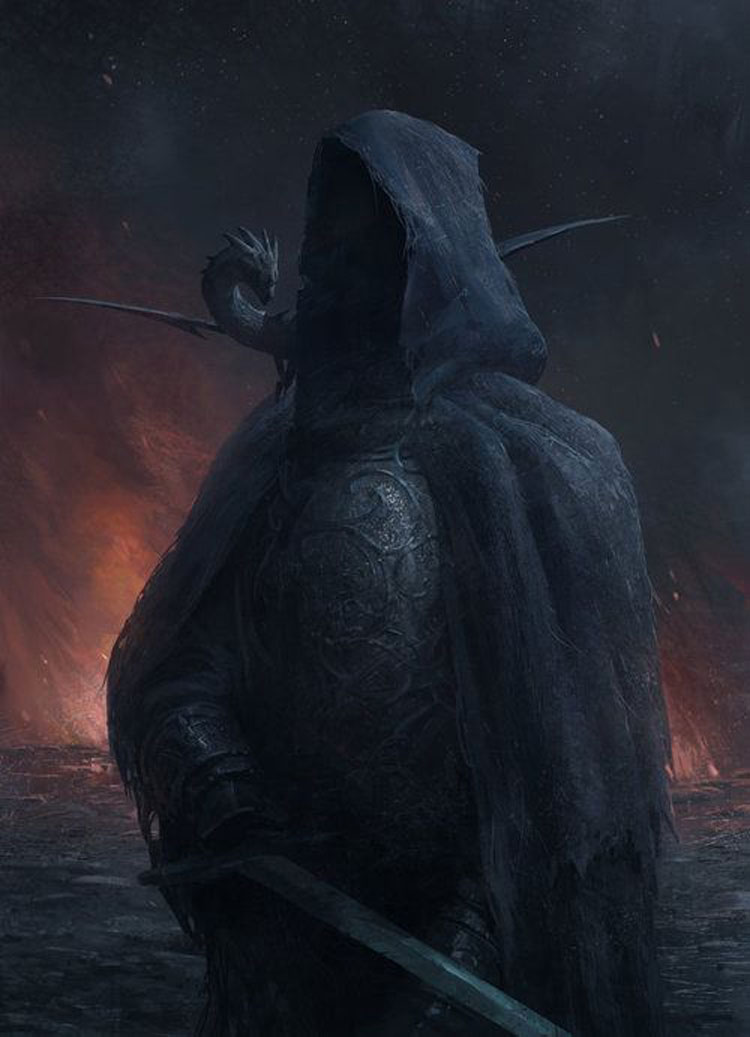
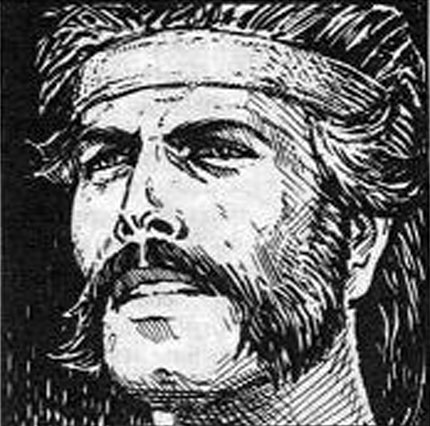
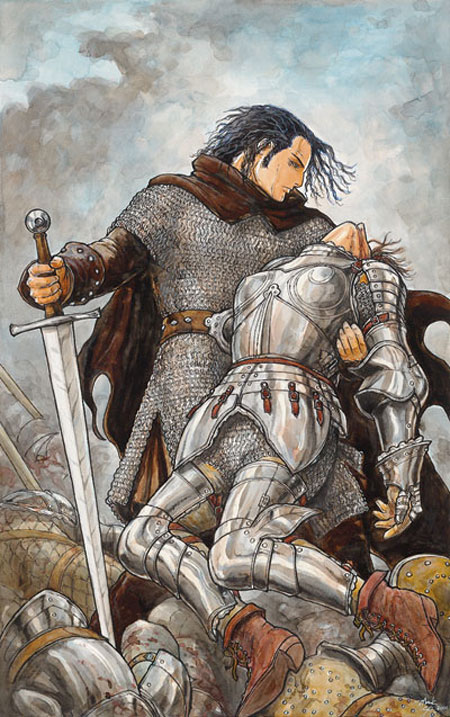
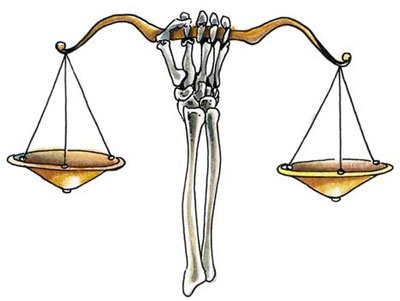
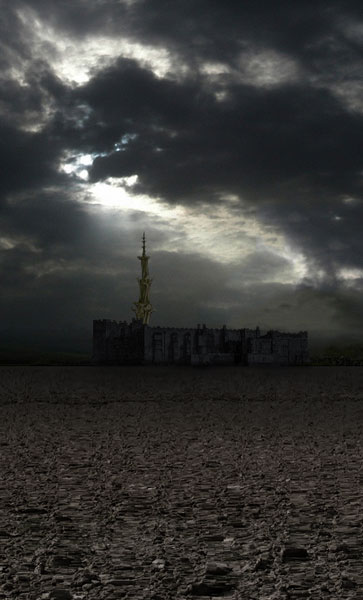

Comments